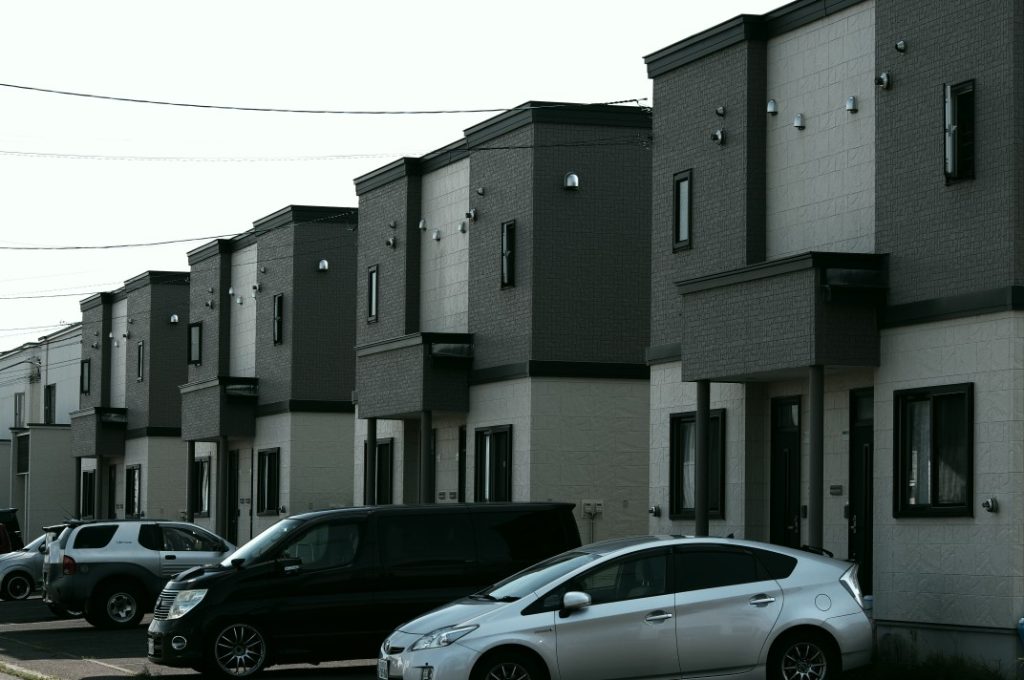New analysis shows Burnley as the latest hotspot for landlords, with average annual rental yields of 7.1% – the current highest in the UK.
The research carried out by landlord insurance specialists Direct Line shows that the average yield nationwide is currently 3.6% in England. However, yields are far greater in Northern Ireland and Scotland, with average annual yields of 5.6% and 5.3%, respectively.
The research shows that landlords in Burnley can gain greater returns than elsewhere in the UK, with an average house price of just £76,300 and annual rents of £5,338.
Glasgow follows Lancashire town at 6.9% and Belfast at 6.4%. Meanwhile, Forest Heath in East England, County Durham, Stoke-on-Trent, and Hull were also well above the national average.
By contrast, the poorest yields were found in London, the South East, and the East of England due to the high cost of acquiring property in these regions.
Rental yields in London are 4.4% on average, despite annual rents routinely exceeding 20,000. Likewise, yields in the South East are a relatively low 3.7% despite average house prices of £322,000. Meanwhile, the lowest yields in the UK can be found in the East of England, with disappointing averages of just 3.5%.
The analysis explains that the disparity in rental yields across parts of the UK can be explained by the extreme variation in house prices, ranging from just £76,000 in Burnley to £1.25 million in Kensington and Chelsea.
The highest average rent in the UK can also be found in Kensington and Chelsea, setting tenants back £42,528 per year, while Blaenau Gwent in Wales has the lowest average rent at just £4,803 per year.
‘While homeowners can look back at strong gains in the period between 2014 and 2017, where the average property price was 17%, it’s a different story for the rental market, where average rents across the country rose by 4.7% during this period, which remains below the average salary increase of 5.3%,’ said Christina Dimitrov, business manager at Direct Line for Business.
‘As the number of renters across the UK increases, so too has the number of private landlords, with more than five million privately-let properties currently in the UK. With this increased competition, it is more important than ever that landlords can offer their tenants well maintained and fully insured properties that will provide the best return on their investment in the future,’ she added.








